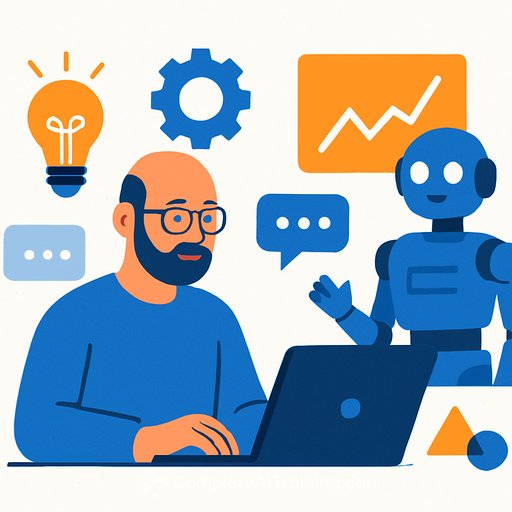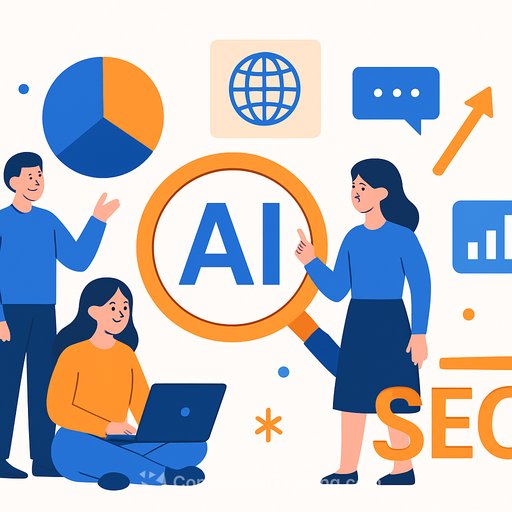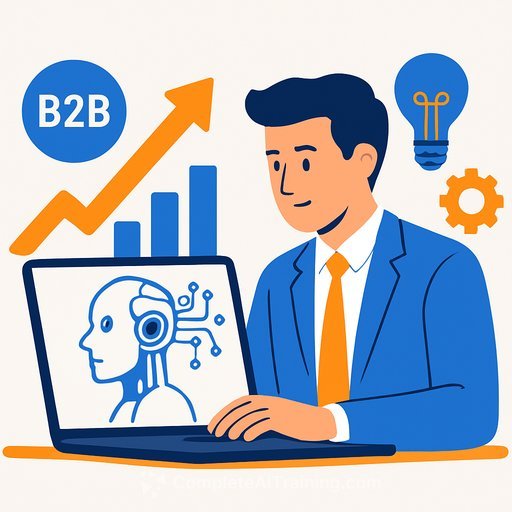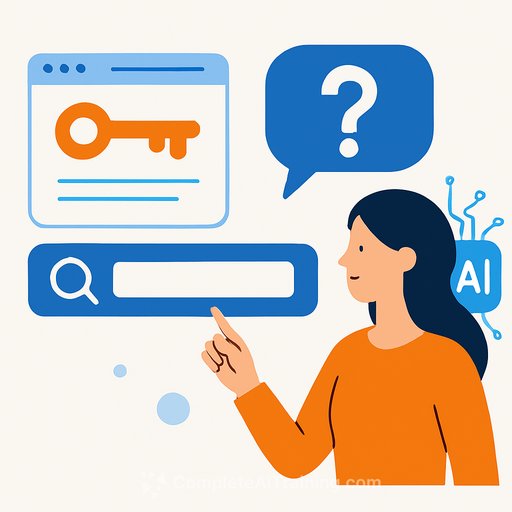Age Isn't the Problem. Bad Assumptions Are.
A LinkedIn post from John Long, Executive Creative Director at Digitas, tore into a lazy industry narrative: that middle-aged creatives are behind on AI and scrambling to keep up. The post drew strong engagement, not because it was spicy, but because it was accurate.
The take Long challenged came from coverage tied to WPP's slump. An unnamed observer warned that "middle-aged traditional creatives" who built careers on TV and posters would be obsolete without fast AI upskilling. The problem? That profile barely exists in 2025.
The math that shuts it down
Long's calculation is simple. A 40-year-old creative in 2025 was 19 when Facebook launched (2004), 21 when Twitter debuted (2006), 22 when the iPhone hit (2007), and 25 when Instagram went live (2010). That cohort built careers inside social, mobile, and digital-first media-producing far more platform-native work than TV spots. Many over 60 helped build digital advertising in the first place.
Adel Borky added a stinger. He said the people who truly know what they're doing are often 50+, the ones who built brands before "engagement" became a dashboard number. He cited Rory Sutherland's term "Technoplasmosis" to describe the bias marketers pick up from decks created by the same platforms selling the ads-like asking a casino how to beat roulette.
Context: platforms push AI while holding companies reset
WPP cut headcount to 104,000 by June 30, 2025, down 7,000 year over year, with revenue off 7.8% to £6.66 billion. Mark Read announced his exit as Publicis overtook WPP. Publicis delivered EUR 7.52B first-half net revenue, up 6.9% reported, with a 17.4% operating margin. Meanwhile, Omnicom agreed to acquire Interpublic Group in a $13.3B all-stock deal, creating the largest network by combined revenue.
Big tech pressed forward. Google launched Asset Studio to generate and scale creative assets with AI. Amazon expanded its Video Generator to all US advertisers. Meta rolled out new generative features during Cannes. Automation is getting closer to the ad supply, not further away.
What the data actually says
According to the IAB, 86% of buyers already use or plan to use generative AI for video ads by 2026, with generative creative projected to hit 40% of all ads by then. WPP Media's research shows 71% of experts see AI-produced creative as likely by 2030. McKinsey marked "agentic AI" as a top trend-systems that can plan and execute autonomously. Adoption is happening, but the winners pair tools with judgment, not hype.
CTV is surging-budget share doubled from 14% in 2023 to 28% in 2025, and most marketers plan to grow programmatic spend. Small and mid-market brands are moving faster on AI creative than large enterprises. The pattern tracks budget structure and incentives, not age.
What this means for your team
- Stop age-profiling talent. Hire for creative judgment, platform fluency, and ability to test, learn, and ship.
- Pair experience with speed. Put a 50+ brand builder next to a 25-year-old prompt jockey and make them co-own outcomes.
- Build a hybrid pipeline. AI drafts + human direction + brand guardrails beats either extreme.
- Measure outcomes, not theater. Optimize for incremental revenue, CAC, and payback-skip vanity metrics.
- Institutionalize learning. Stand up a small, permanent testing budget with weekly reviews and a shared playbook.
Practical steps for the next 90 days
- Run a skills audit: strategy, creative direction, prompt craft, media, data, and QA. Fill the gaps with contractors if needed.
- Pilot two AI use cases: short-form video variants for CTV/social and rapid static asset testing for DR.
- Create a brand-safe review stack: model selection, reference boards, negative prompts, legal checks, and final human approval.
- Launch a CTV test: 3-5 AI-assisted variants, controlled geo, tight frequency, unified measurement across web and retail.
- Clarify roles: creative leads own narrative and taste; AI operators own throughput and documentation; media owns spend and lift.
- Document what works and retire what doesn't. Archive prompts, settings, and results in a sharable library.
Signals to watch through 2026
- Platform creep into creative and optimization. Useful, but keep humans in the loop for brand and ethics.
- Hybrid production models (like Lemonlight's AI+human service) becoming the default for speed-sensitive work.
- Agency margin gaps. Firms that pair automation with client intimacy will widen advantage.
- Consolidation aftershocks on talent markets and pricing power.
- Policy shifts on AI-generated ads and disclosure requirements.
Quotes that cut through
"Experience makes you faster at the new." - Rory Sutherland
"So you've literally spent your entire career… creating work for the digital/social/smartphone media ecosystem." - John Long
One agency CEO on full automation: "Letting them make and also optimize creative is a scary concept."
Timeline highlights
- 2004-2010: Facebook, Twitter, iPhone, Instagram launch as today's 40-year-olds enter the industry.
- Dec 2024: Omnicom announces $13.3B acquisition of IPG.
- Jun-Sep 2025: WPP cuts staff; Publicis lifts guidance; Google, Amazon, and Meta expand AI creative tools; WPP Media flags AI dominance by 2030.
- Jul 2025: IAB shows 86% of buyers using or planning to use gen AI; McKinsey highlights agentic AI.
- Oct 2025: Long's post challenges age myths; industry voices pile on in support.
Bottom line
Age isn't a proxy for skill. Results are. The strongest teams pair seasoned judgment with fast AI workflows, push more tests through the pipe, and let the metrics decide. That's how you keep an edge while the platforms keep adding features.
If you're formalizing upskilling for your team, explore the AI Certification for Marketing Specialists for structured, job-specific training.
Your membership also unlocks:






